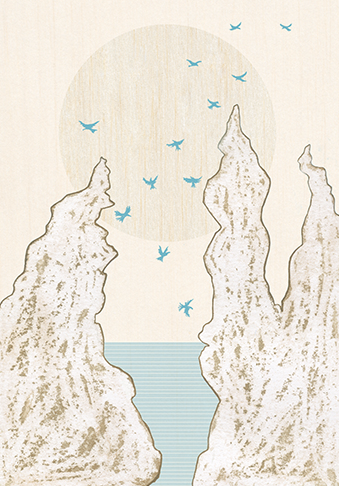Innovation, adaptation, and maintaining the balance
Roy Rappaport's ritual theory as a framework for interpreting religious environmental rituals
Keywords:
rituals, ritualization, ritual theory, Roy Rappaport, environmentAbstract
The environmental crisis has challenged faith traditions to take a stand and act both globally and locally. Statements and action build on reinterpretations of tradition, which also produce a variety of ritual applications. Environmental rituals, for example, deal with the grief and anxiety caused by environmental crisis or seek to have a concrete impact on local environmental problems.
The anthropologist Roy Rappaport (1926–97) examined religious environmental rituals, firstly as a way of regulating ecological balance. Secondly, he saw religiously motivated environmental rituals as a way of changing human thinking and behaviour in an era of environmental crisis. These perspectives can be applied in at least three ways: firstly, by looking at how rituals are used in religious communities that are directly dependent on the natural environment; secondly, by examining how religious communities use rituals in various situations related to environmental issues; and thirdly, by focusing on how Rappaport’s ideas could be used to engage in environmental action. In this article, I focus on religiously motivated environmental rituals and the perspectives that Rappaportian ritual approach provides for examining them. As examples, I use the struggle of the Canadian Mi’kmaq indigenous community over the fate of their sacred mountain and the ordination ritual of Thai monks, who ordain trees under threat of felling in a Buddhist monastic community.

How to Cite
Copyright (c) 2022 Heikki Pesonen

This work is licensed under a Creative Commons Attribution 4.0 International License.









